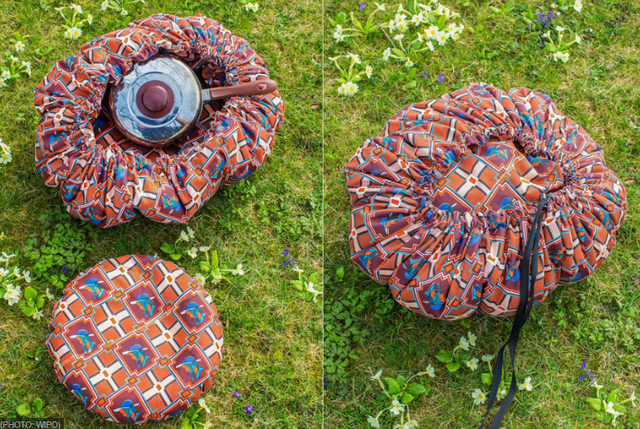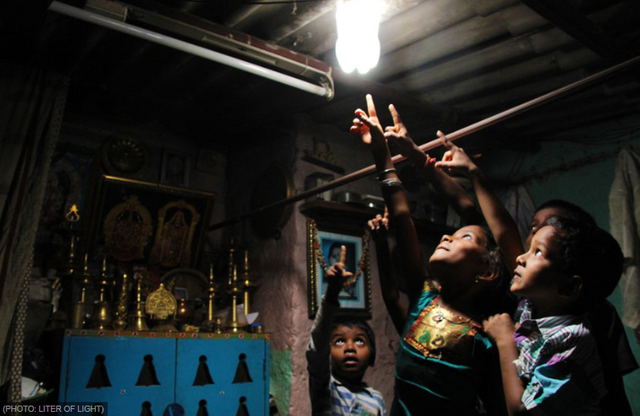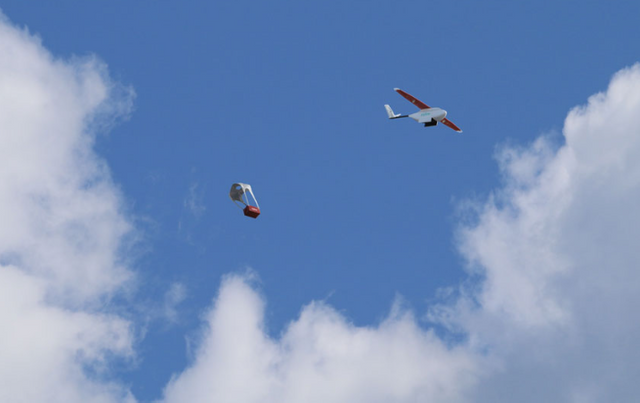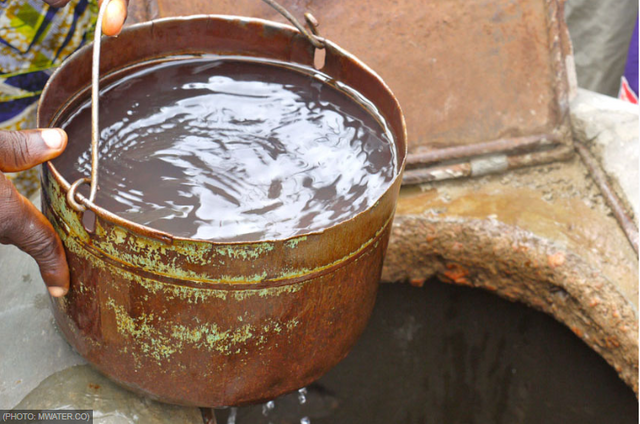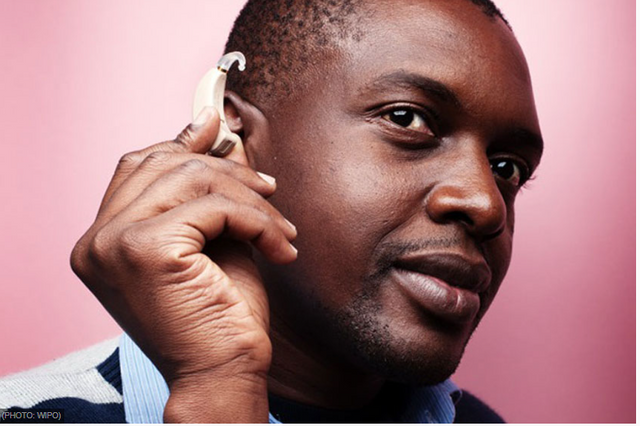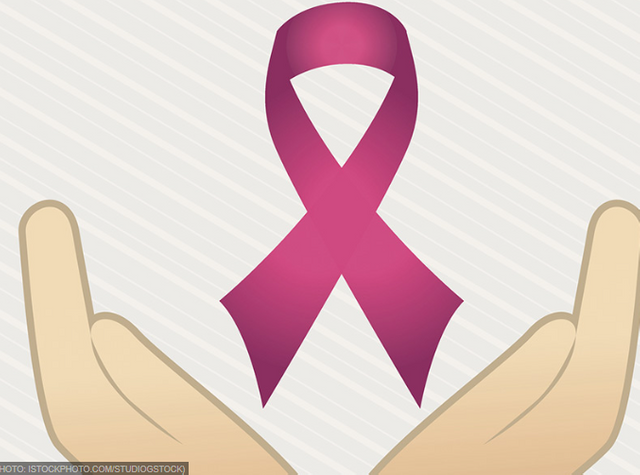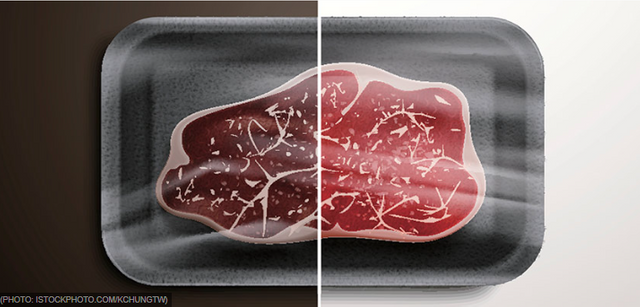10 Innovations That Are Improving Lives
How are innovators making our lives healthier, safer, and more comfortable? Below are 10 examples of innovations that are turning problems into progress.
A bag that slow cooks food
The Wonderbag is a much-needed innovation for the billions of people that cook over an open fire. It allows food preparation without suffering from air pollution caused by firewood, charcoal or other fuels.
How it works: bring food to an initial boil, place it inside the bag, and let it slow cook for up to 12 hours. It so reduces air pollution, carbon emissions and saves energy.
Bottle light bulbs
Bringing sustainable lighting to communities is the goal of “A Liter of Light”. This project open sources a simple and innovative technology to create affordable solar light bulbs. Volunteers teach communities how to use recycled plastic bottles and locally sourced materials to assemble the bulbs to light up homes with limited or no access to electricity.
Energy-producing roads

Roads could work as solar panels and produce electricity for street lights, households and even the cars driving on them. This bold vision led Solaroad to build the first energy-generating bike path.
Their main technology challenge was the top layer of the road: it had to let as much sunlight in as possible while remaining strong and damage resistant. A “SolaRoad Kit” lets you build 10m² of SolaRoad, which produces enough electricity to cover the yearly electricity needs of an average household.
1 dollar microscope
Foldscope is a paper microscope inspired by origami. It costs less than one U.S. dollar and fits easily in a pocket, yet is powerful enough to reveal blood cells and bacteria. Foldscope could prove invaluable for medical use or educational institutions in remote or resource-scare areas.
The WIPO Re:Search initiative to fight against neglected tropical diseases has supported field studies with the University of Lagos, to use Foldscope as a diagnostic tool in treating malaria.
Medical drones
Medical delivery drones are used to deliver vital medical supplies to patients living in difficult-to-reach parts of Rwanda. The drones, called Zips, can carry vaccines, medicines or blood to patients. Health workers simply text an order for the medical supplies they need to a central distribution center. Within minutes a Zip is loaded and launches, travelling at around 100 km/h to its destination, where the supplies are dropped with a paper parachute.
Mobile water safety check
Helping people find safe water sources near them is one of the ways in which non-profit tech startup mWater is improving lives. mWater apps and software let users find, monitor and map the quality of water and sanitation sites. This also helps local authorities detect water infrastructure gaps.
Designed for field use, the apps work both online and offline – using the cloud for automatic data syncing when online and GPS for finding locations offline. With over 10,000 active users in 93 countries, mWater already has a database of over 350,000 public and private water sites around the world.
Solar rechargeable hearing aids
Globally, tens of millions of people are in need of a hearing aid. In developing countries, less than 3% can afford to buy one. Solar Ear is responding to this need with affordable, solar rechargeable hearing aids.
Highly resistant and durable, these hearing aids empower Solar Ear’s users. The company also hires people who are deaf to assemble Solar Ear products.
Wearable breast cancer detector
Breast cancer is the most widespread form of cancer in women worldwide. Early and effective detection of breast cancer is the aim of EVA, an “auto-exploration bra” invented by Julián Ríos Cantú when he was just 17 years old.
The bra, equipped with some 200 biosensors, measures mammary color, texture and temperature, which are then analyzed by special algorithms and neural networks. The bra connects to the user’s smartphone, offering a much more reliable and efficient diagnosis than regular self-examination checks.
Analyzing food quality with images
Building a more transparent and secure global food system using image recognition and machine learning is ImpactVision’s answer to food waste and fraud. Special software, combined with digital imagining and a chemical technique called spectroscopy, uses a a picture to detect the food's nutritional content, freshness and moisture.
At the moment, the sensors needed to take the images are neither commonly affordable nor pocket-sized. However, in the near future, these may integrate with smartphones, ready for users to assess food in real-time.
Low-cost harvest storage
Every year, small farmers in Africa lose more than 30% of their cowpea or maize harvest to insect pests because of poor storage techniques. The PICS bag – a triple-layer re-usable plastic bag – offers them an effective solution. It’s low-cost, chemical-free, and simple to use and is transforming the livelihoods of hundreds of thousands of small farmers across Africa.
